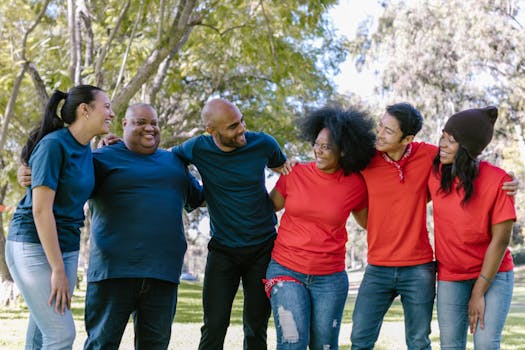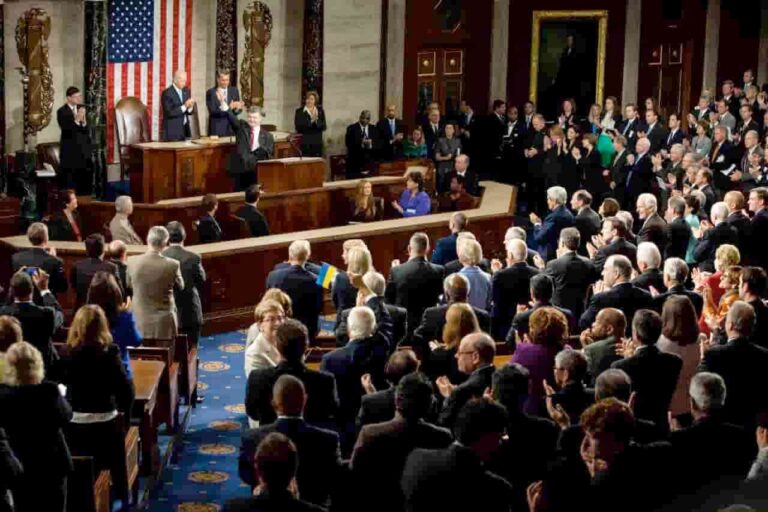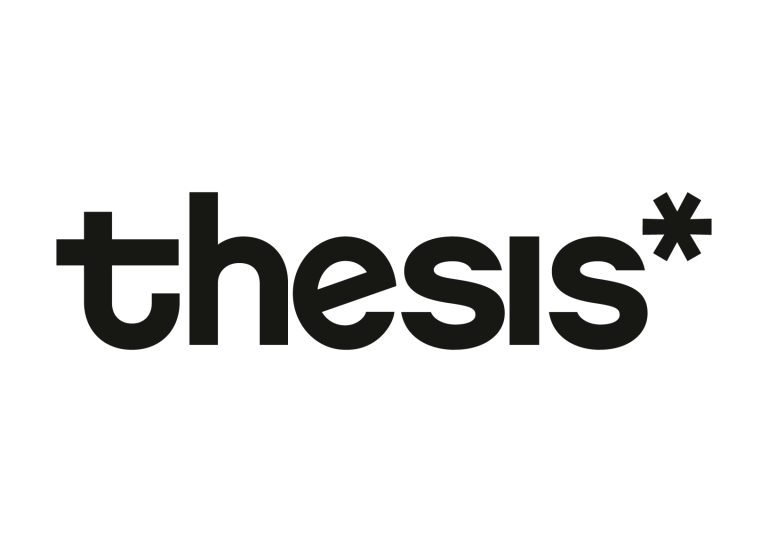
Cultural Fusion: Embracing Diversity in European Lifestyles by 2025
Cultural Fusion is the new norm in European lifestyles, and by 2025, it’s expected to play a significant role in shaping the continent’s cultural landscape. As the world becomes increasingly interconnected, the need for embracing diversity and promoting inclusivity has never been more pressing. In this article, we’ll delve into the concept of cultural fusion, its benefits, and how it’s transforming European lifestyles.
What is Cultural Fusion?
Cultural fusion refers to the blending of different cultural practices, values, and beliefs to create a unique and diverse cultural identity. This phenomenon is not new, but its significance has grown exponentially in recent years, particularly in Europe. With the rise of globalization, migration, and technological advancements, cultural exchange has become more accessible and widespread.
Benefits of Cultural Fusion
The benefits of cultural fusion are numerous. It promotes cross-cultural understanding, tolerance, and empathy, breaking down social and cultural barriers. Cultural fusion also fosters creativity, innovation, and progress, as different cultures bring unique perspectives and ideas to the table. Moreover, it enhances economic growth, as diverse communities attract businesses, tourism, and investment.
Cultural Fusion in European Lifestyles
European lifestyles are being transformed by cultural fusion. Cities like London, Paris, and Berlin are melting pots of different cultures, with people from diverse backgrounds living, working, and socializing together. This diversity is reflected in the food, music, art, and fashion scenes, which are becoming increasingly eclectic and vibrant.
Challenges and Opportunities
While cultural fusion presents numerous opportunities, it also poses challenges. One of the primary concerns is the potential loss of traditional cultural identities. However, this can be mitigated by promoting cultural exchange and education, allowing people to appreciate and respect different cultural practices. Another challenge is addressing social and economic inequalities, ensuring that diverse communities have equal access to resources and opportunities.
Embracing Diversity by 2025
By 2025, Europe is expected to become even more diverse, with an estimated 30% of the population having a migrant background. To embrace this diversity, European societies must prioritize inclusivity, social cohesion, and cultural exchange. This can be achieved through initiatives like language classes, cultural events, and community programs that promote cross-cultural understanding and empathy.
Conclusion
In conclusion, cultural fusion is revolutionizing European lifestyles, promoting diversity, inclusivity, and creativity. As we look towards 2025, it’s essential to recognize the benefits and challenges of cultural fusion, addressing the concerns while embracing the opportunities. By doing so, we can create a more harmonious, vibrant, and prosperous Europe, where cultural diversity is celebrated and valued.



